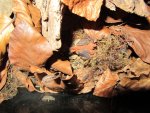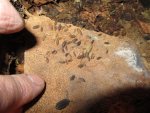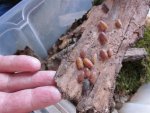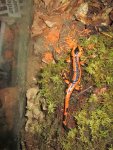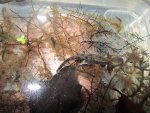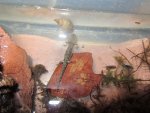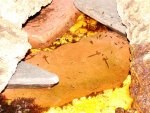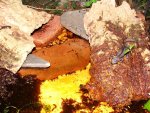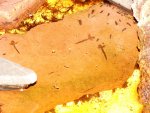I found asellus living in a stream at a state park not far from where I live. The first group I cultured bred well...then I more or less forgot them and they died. lol
I went and got more recently and was keeping them in a plastic tub. Today I decided to move them to my shanjing aquarium. Most of the tank is land with a good water section with hornwort and driftwood with a spongefilter. The water has a nice natural brown tannin color. I'm going to see if they'll breed well in the tank, and if so use them as a source of food for future newt larvea. :happy:
I went and got more recently and was keeping them in a plastic tub. Today I decided to move them to my shanjing aquarium. Most of the tank is land with a good water section with hornwort and driftwood with a spongefilter. The water has a nice natural brown tannin color. I'm going to see if they'll breed well in the tank, and if so use them as a source of food for future newt larvea. :happy:

